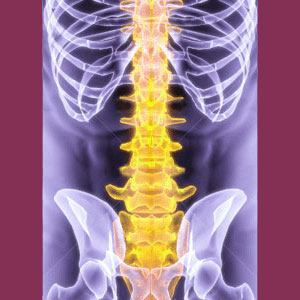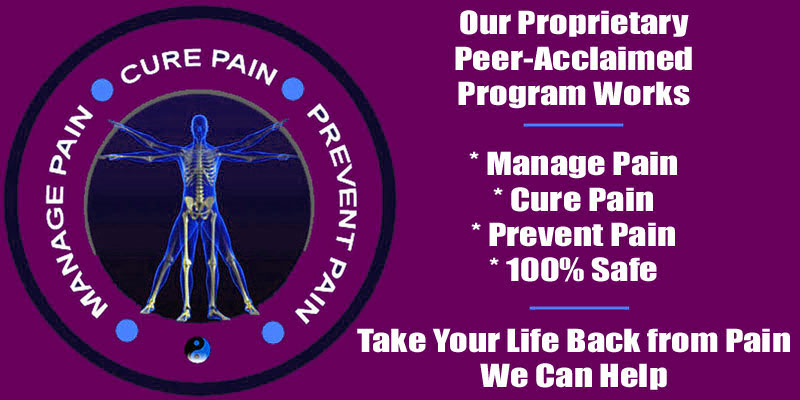
Screening for scoliosis in school is a normal part of childhood for most children in many areas of the world. Scoliosis screening has long been performed in public and private schools worldwide, since the condition often affects children and benefits from early intervention.
Scoliosis exams can be a major source of anxiety for children, being particular embarrassing for some kids who suffer teasing from peers or nocebo effect from misdiagnosis. I think most adults remember the often uncomfortable process of being checked for scoliosis, often in front of large groups of their friends publically and the feelings this breach of human privacy rights creates. Worse still, many of you suffered negative health effects due to your scoliosis not being recognized during school screening or being told that you had scoliosis when you certainly did not.
This critical essay evaluates the broken scoliosis exam system in schools. We will detail the mind and body consequences of this cruel process and why the system needs serious revision if it is to provide more benefit than detriment to the sensitive young people who must endure it.
What is a Scoliosis in School?
Scoliosis screening has long been a part of public school education in the United States and in many other countries. Children are routinely screened for scoliosis through the years by the school nurse or a member of the physical education faculty. The objective is to identify children who may be affected by atypical spinal curvature in order to provide them with early intervention from their doctor.
Scoliosis used to be considered pathological, which is why screening began in the first place. If a child was diagnosed with scoliosis, the thought was that they would suffer pain and functional disability for life, especially if not treated. Now doctors know better, since scoliosis is mostly an innocuous condition in its mild to moderate forms and even advanced cases may be completely asymptomatic. However, the tradition of screening for scoliosis in school remains unchanged and the process of such examination leaves much to be desired.
Scoliosis Screening Process
Before we begin, let’s first say that many children have been accurately diagnosed with scoliosis during routine school screening and have been recommended to follow-up with their doctor for necessary treatment. In these cases, school screening can be extremely beneficial, especially when parents are not overly active in their child’s healthcare and do not notice the telltale signs of scoliosis themselves. However, the process of school scoliosis exams is flawed in many ways, including all of the following factors detailed below:
First, most children are checked in groups. They are asked to disrobe in front of each other, which can be embarrassing. Many children suffer body shaming due to being obese, skinny or having anything different about their anatomy. Girls might also suffer embarrassment being asked to reveal themselves, since they may be first developing breasts. These occurrences can be extremely traumatic to school aged children and cause dire social consequences that might lead to bullying or even suicide.
Next, although school staff members who perform these exams should be qualified, many simply are not. About 1 in 10 cases of confirmed scoliosis goes unnoticed by school nurses according to the latest statistics. Worse still, 1 in 5 cases of scoliosis that are identified by school nurses turns out to be a mistake.
Scoliosis in School Mistakes
School districts should be forced to bring in more qualified screeners if they insist on continuing to screen for scoliosis in educational institutions. Many private schools hire a physician, which is a recommended protocol if screening is to continue. Since scoliosis is not inherently pathological or contagious, the burden should be removed from schools altogether and children should simply receive screening as part of their mandatory yearly physical exams from their own doctor in private.
Too many children have fallen through the cracks when it comes to early treatment due to the failure of schools to recognize scoliosis when it exists. More than double this amount has been psychologically damaged by being told that they have scoliosis when they do not. This is something I can verify, since I was flagged year after year, but did not have scoliosis. Unfortunately, in my case, the flagging led to unnecessary treatment that set the stage for 18 years of horrible back pain suffering thanks to misdiagnosis. I never had scoliosis.
It is time for a change and parents should demand action. Children should not be forced to endure needless public embarrassment, especially when the results of such screenings are disappointing and inaccurate.
Scoliosis > Scoliosis Diagnosis > Scoliosis in School





